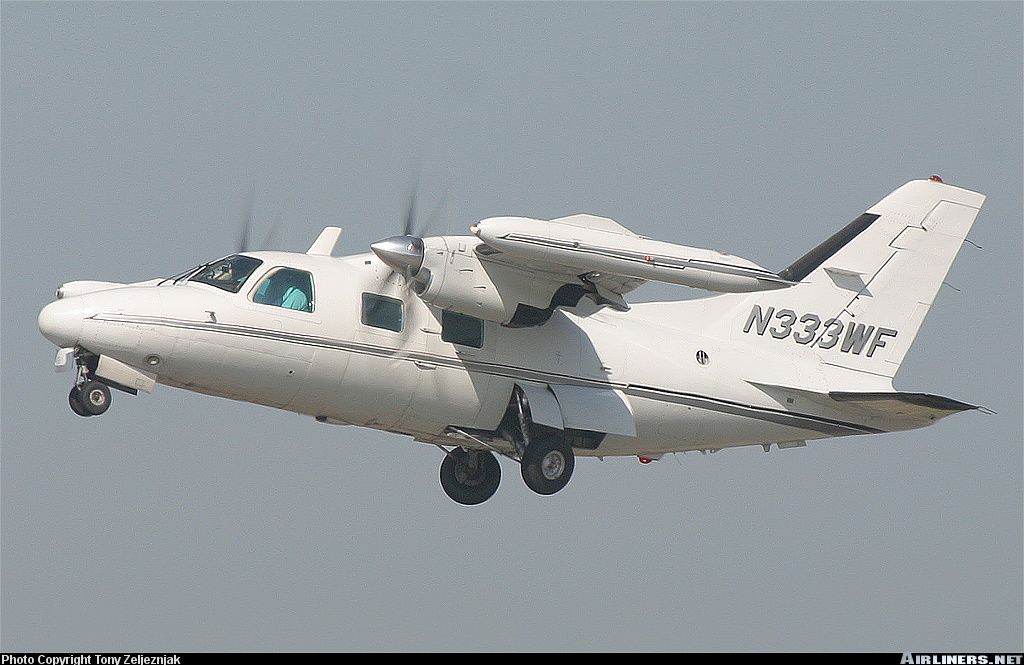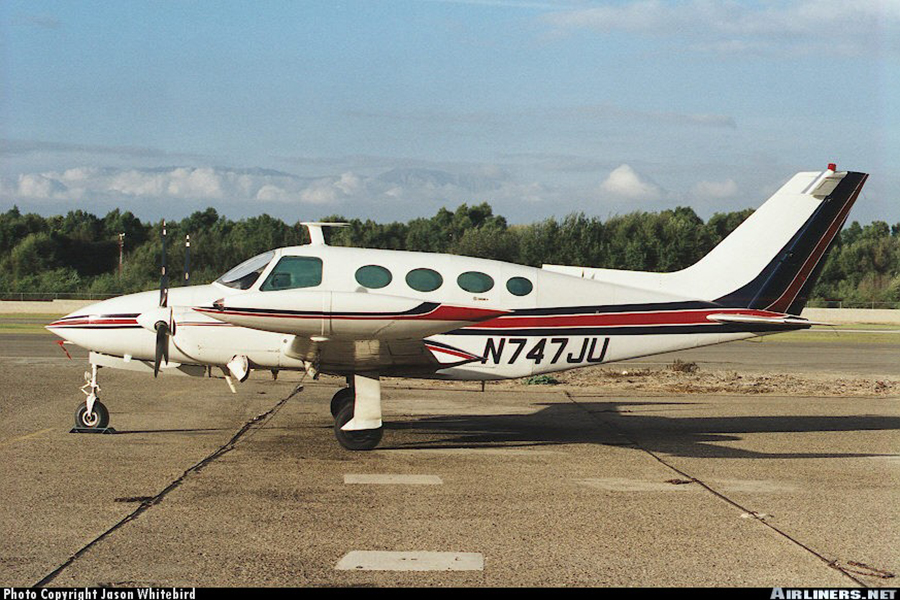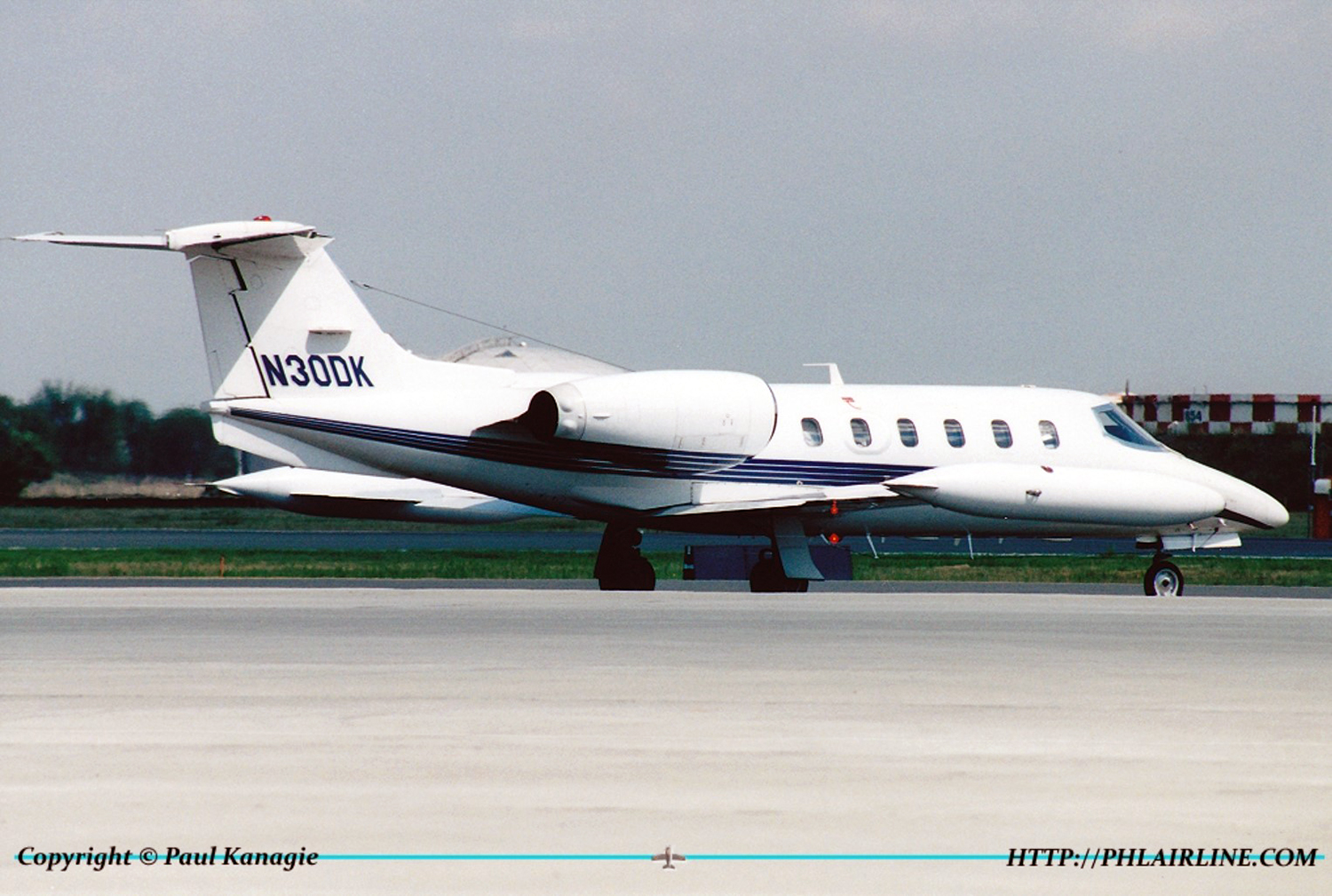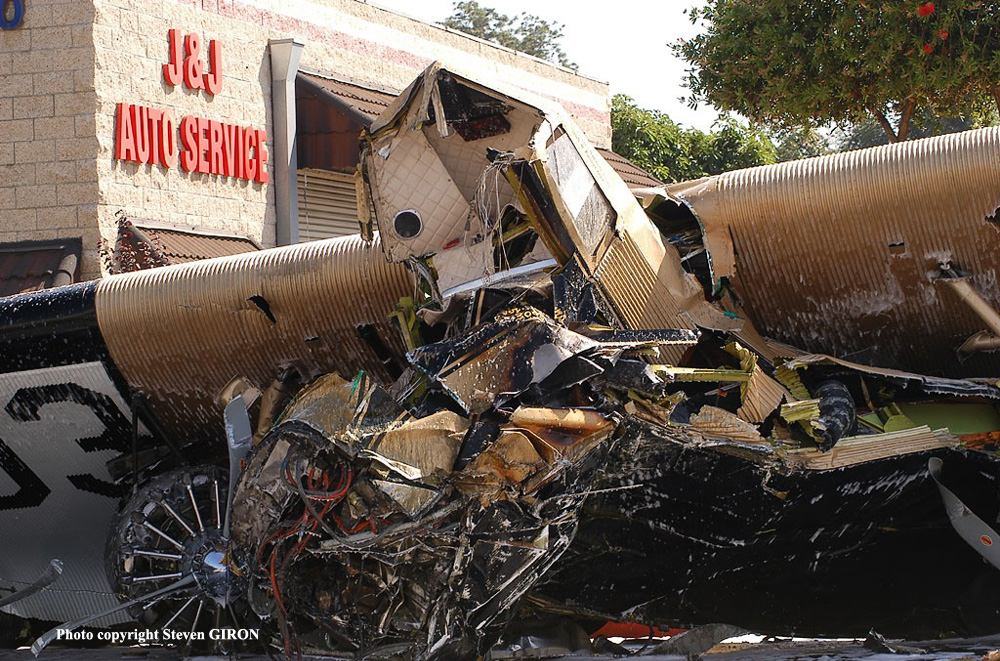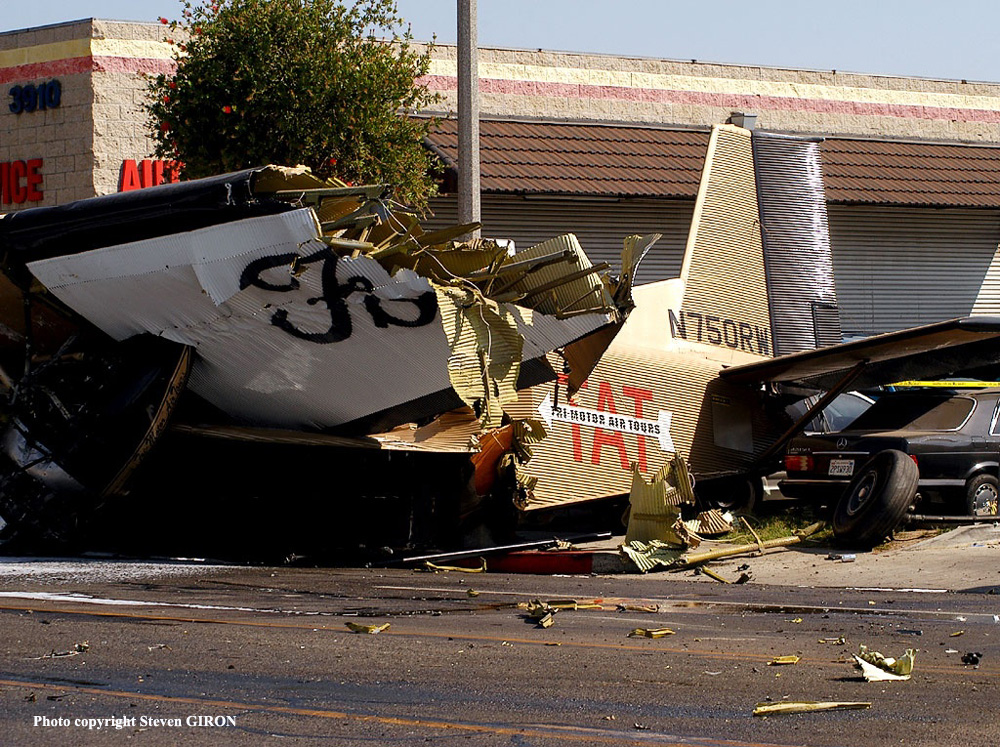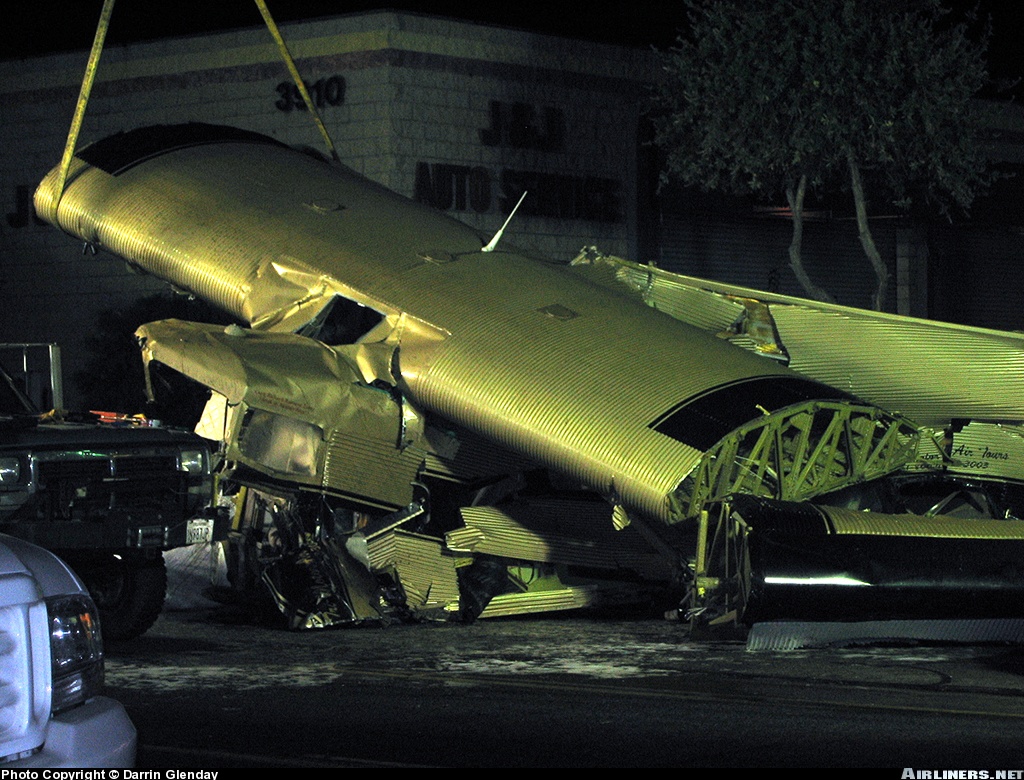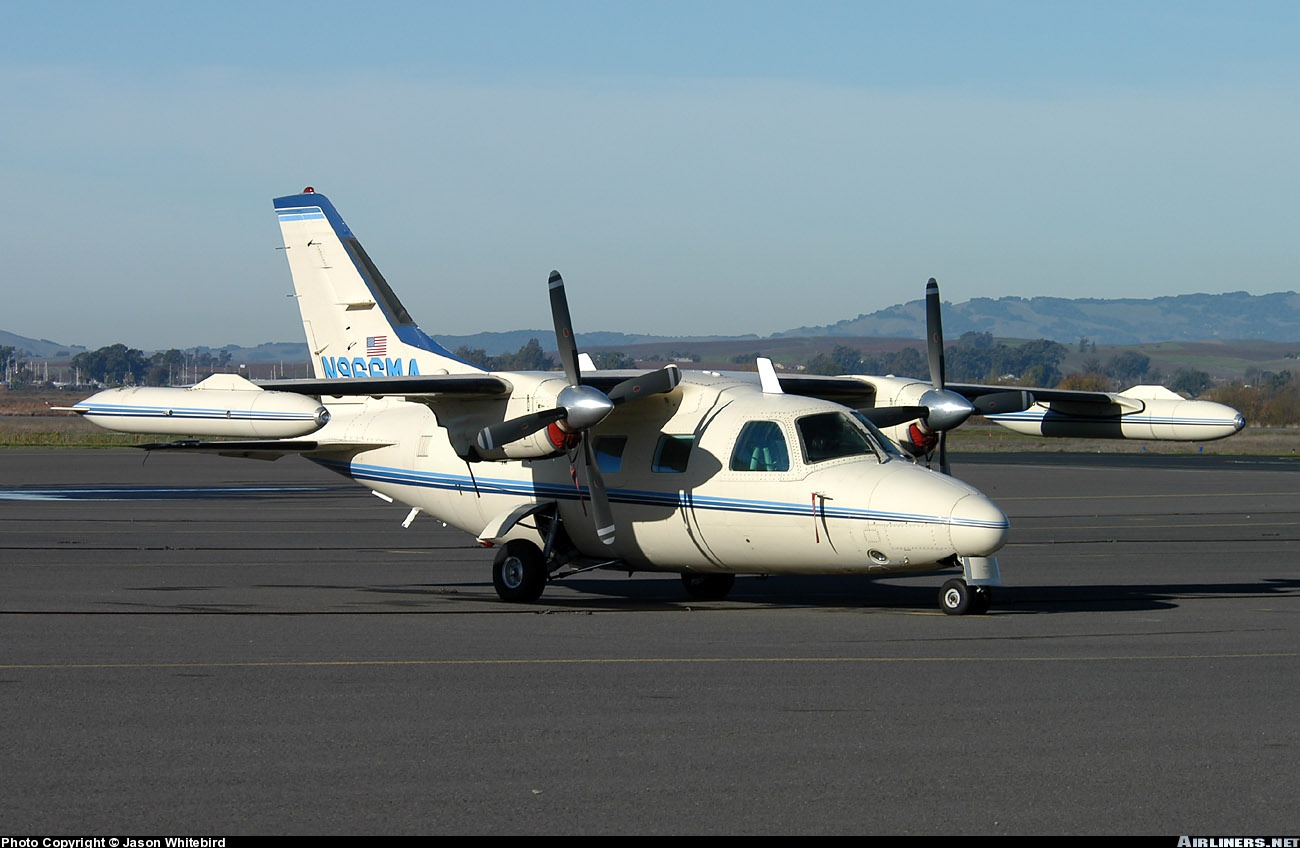Crash of a Mitsubishi MU-2B-26A Marquise in Blythe
Date & Time:
Mar 11, 2005 at 1720 LT
Registration:
N333WF
Survivors:
Yes
Schedule:
Banning – Blythe
MSN:
387
YOM:
1978
Crew on board:
1
Crew fatalities:
Pax on board:
3
Pax fatalities:
Other fatalities:
Total fatalities:
0
Captain / Total hours on type:
942.00
Circumstances:
The pilot failed to lower the landing gear prior to touching down on the runway. The pilot said that during the approach into the airport, the flaps would not lock into the 20-degree extended position. The pilot decided to execute a no-flap landing and referred to the emergency checklist. The checklist advised the pilot to extend the landing gear; however, the pilot skimmed over the information thinking that the gear was already down and locked, and focused on the stabilized approach into the airport. The airplane touched down with the gear in the retracted position. No mechanical malfunctions were noted with the landing gear system on the airplane and a ground test run of the flaps did not reproduce the failure encountered during flight.
Probable cause:
The pilot's failure to lower the landing gear prior to landing. A factor to the accident was the pilot's diverted attention due to the flap system anomaly.
Final Report:
